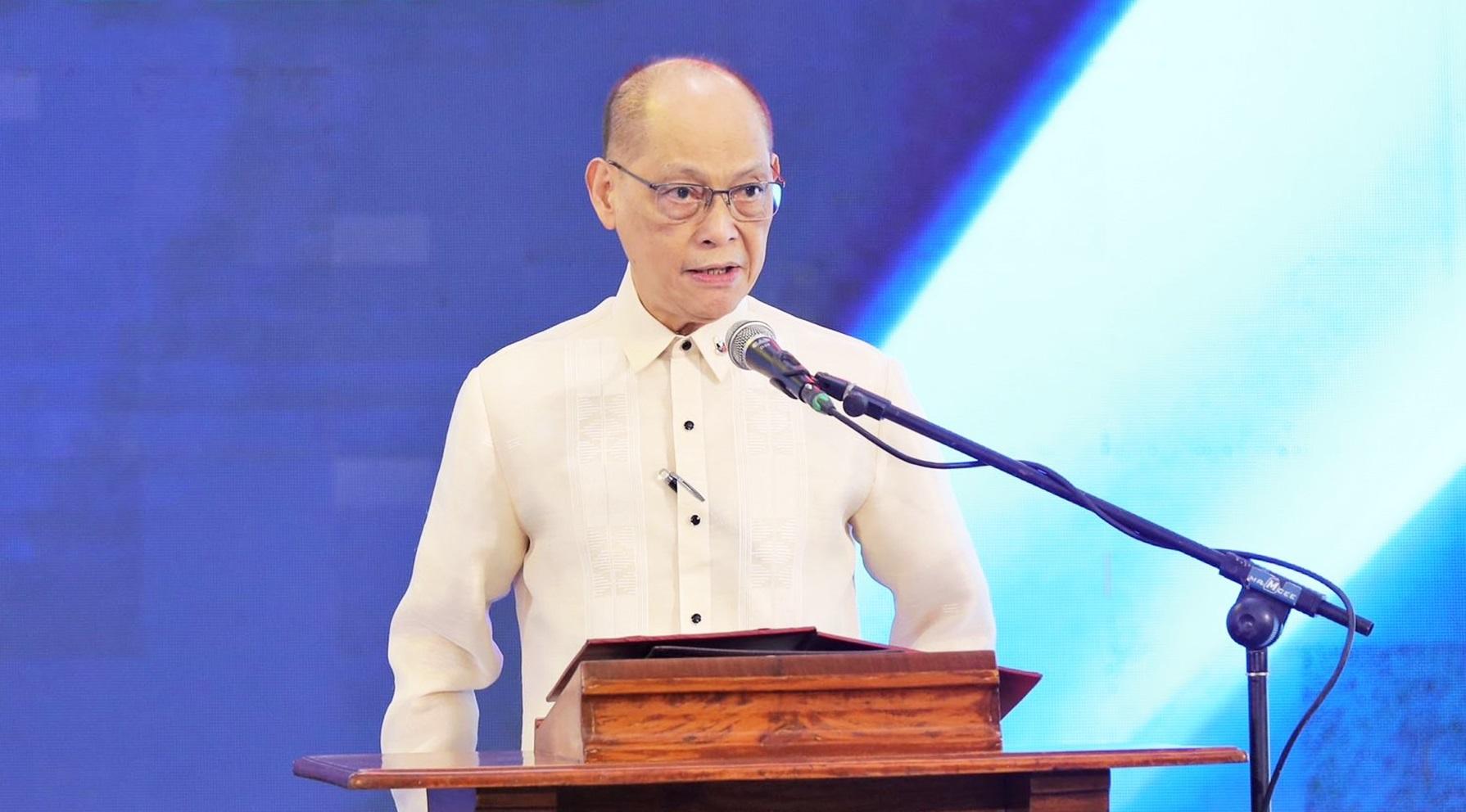Diokno sees Maharlika Fund fully operational before 2023 ends

Finance Secretary Benjamin Diokno, the Marcos administration’s chief economic manager, said the Maharlika Investment Fund (MIF) —Philippines’ very first sovereign wealth fund— is expected to be operational before the end of the year.
In his weekly briefing, Diokno expressed optimism that the Maharlika Fund bill, after being approved by Congress early last week with the House of Representatives adopting the Senate version during the bicameral conference committee meeting, will be signed into law by President Ferdinand Marcos Jr. before he delivers his second State of the Nation Address on July 24.
This as the measure is set to be enrolled and transmitted for the approval and signature of the President.
Once enacted into law, Diokno said, “We're expected to prepare the IRR [implementing rules and regulations]. We're expected to look for people to man the MIC [Maharlika Investment Corporation].”
The MIC, a government-owned company, will manage the sovereign wealth fund, MIF—a pool of funds sourced from state-run financial institutions that will be invested in high-impact projects, real estate, as well as in financial instruments.
“That’s the direction and I see this to be fully operational before the end of the year,” the Finance chief said.
The MIF bill states that the Maharlika Fund would be created using:
- P50 billion from the Land Bank of the Philippines (LBP)
- P25 billion from the Development Bank of the Philippines (DBP)
- P50 billion from the National Government
The contribution from the national government would come from the following sources:
- Bangko Sentral ng Pilipinas' total declared dividends
- National government's share of the income of PAGCOR
- Properties, real and personal identified by the DOF-Privatization and Management Office
- Other sources such as royalties and/or special assessments
Diokno said that the MIF would have an initial capitalization of P75 billion by the end of the year, which would come from Landbank and DBP.
For her part, National Treasurer Rosalia de Leon said that while the MIC has an authorized capital stock of P500 billion, the initial paid-up capital of P75 billion may already be invested in several ventures or in the capital markets.
“‘Yes ‘yun ‘yung initial kasi ‘yun pa lang 'yung available and then papasok si BSP, then we'll also get sa PAGCOR,” de Leon said.
Asked if the P75-billion initial paid-up capital is too small to make an impact, Finance Undersecretary Catherine Fong cited the PINAI or the Philippine Investment Alliance for Infrastructure Fund, the country’s first ever private equity fund for infrastructure investments established by the Asian Development Bank, Government Service Insurance System (GSIS), Dutch pension fund asset manager APG, and the Macquarie Group, launched in 2012.
“I beg to differ that P75 billion is too small because… the PINAI fund, that was only P20 billion. I think the returns are something like 13% and they were able to help five or six power projects. So that was already very significant,” Fong said.
Diokno said that the MIF bill provides the necessary safeguards to maintain transparency, accountability, fund integrity, and robust risk management.
“We believe that the version crafted by our legislators will create a Fund that can accelerate investments in high-impact infrastructure and development projects,” the Finance chief said.
Among the major amendments introduced to the bill was the absolute prohibition of the use of funds from the Government Service Insurance System (GSIS), the Social Security System (SSS), the Philippine Health Insurance (PhilHealth) Corporation, Pag-IBIG, the Overseas Workers Welfare Administration (OWWA), and the Philippines Veterans Affairs Office (PVAO) in the capitalization and investments in the Maharlika Fund.
The Bureau of the Treasury and the Department of Budget and Management have said that the MIF will free up the government’s fiscal space as the burden of borrowing to fund infrastructure projects will be unloaded to the sovereign wealth fund.
The national government operates on a fiscal deficit—meaning state spending exceeds its income—which compels it to borrow from both domestic and foreign sources to plug the shortfall.
As of January to March, the Philippine government’s fiscal balance stood at a deficit of P270.9 billion, down from P316.8 billion year-on-year.
Meanwhile, as of end-April 2023, the national government’s outstanding debt stood at P13.911 trillion, up 0.4% or P52.24 billion, from P13.856 trillion as of end-March 2023.
The Treasury attributed the increase to “the net issuance of external debt and local currency depreciation against the US dollar.” — BM, GMA Integrated News




